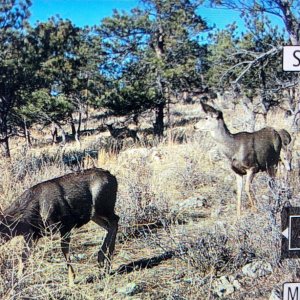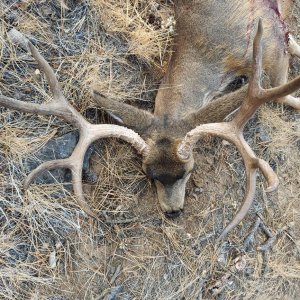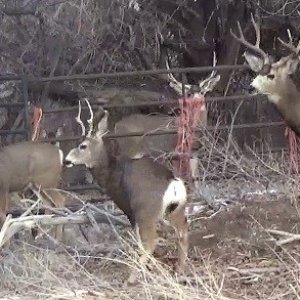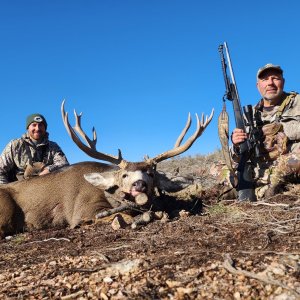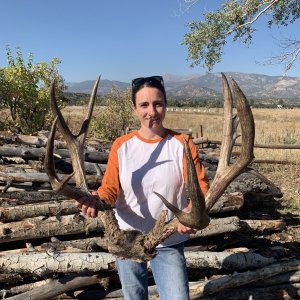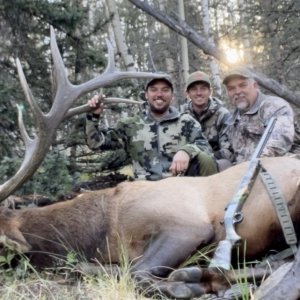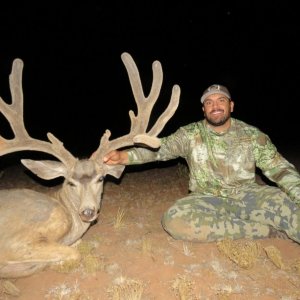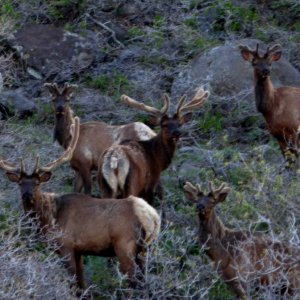R
Rooftop
Guest
This year was my first time ever hunting muledeer. I went bowhunting the badlands of northdakota and had an awesome time and came real close to taking a very nice buck. My question is the terrain there is so up and down that it is very difficult to spot a deer and actually see him bed down. I managed to bed a few deer and had good success at getting pretty darn close but just could not quite seal the deal. Are most areas like this where you hunt mule deer? It seems everyone talks about just watching them from a high spot until they bed and then going after them, but for me it was a real challenge just trying to find where they went to bed because there was so many little hills they can hide behind. I knew that bowhunting was going to be a challenge in open country and I love the challenge it brings, I guess I just wonder if there is better terrain I should be hunting where I can have a better advantage of viewing the deer from high spots and watching them bed. I live in michigan so I have to travel quite a ways to mule deer country that is why I chose ndakota, Should I go back there and keep trying or is there another state near by that I might have better terrain to work with. I am not looking for the next world record deer just an area with decent deer numbers and decent size bucks to go after. I hope I dont sound like a quitter because I definately am not, Just looking for advice from experienced mule deer hunters. Thanks in advance, Scott

